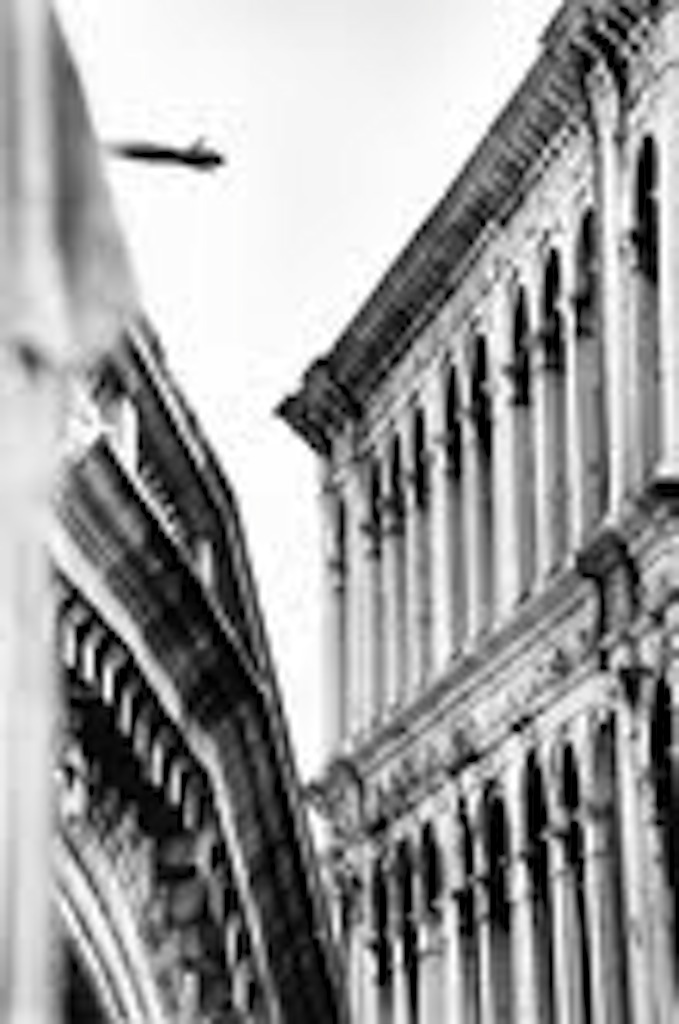
© Renato d'Agostin.
Istituto Europeo di Design Palazzo Franchetti Venice Italie
Venetian Haritage and IED European Institute of Design are pleased to announce The Beautiful Cliché, an exhibition and book by italian photographer Renato d'Agostin. The project is curated by Chiara Casarin. The occasion will be celebrated by a book presentation and an opening reception on Friday, October 5, 2012.
The book will be presented in occasion of the Biennial of Architecture of Venice at the Doge's Palace (Palazzo Ducale, St Mark's Square) on October 5th, 12pm. The project will be introduced by Renata Codello, Superintendant fot the Cultural Heritage and Lanscape of Venice and the Lagoon, Chiara Casarin, curator, and Toto Bergamo Rossi, Director of Venetian Heritage Onlus. Professor Italo Zannier will hold the Lectio Magistralis "Eager for Light, Photography". Open to the public, this lesson is especially addressed to the students of Ca' Foscari University.
.jpeg)
© Renato d'Agostin.
The opening reception for the photography exhibition will take place on October 5, 7pm-9pm at Palazzo Franchetti, in the new location of IED European Institute of Design. It will be open to the public through October 20.
On this occasion, Renato d'Agostin and Moleskine join together to celebrate The Beautiful Cliché with a special edition Moleskine Black Page Album, which includes a silver gelatin print made in the darkroom by d'Agostin himself. The Moleskine Black Page Album and The Beautiful Cliché special edition are available on the Moleskine online store at http://store.moleskine.com
During the opening reception at Palazzo Franchetti, the Quartetto di Venezia will perform String Quartet in F major, op 135, by Ludwig van Beethoven. The concert will start at 8:30pm. Andrea Vio, first violin; Alberto Battisto, second violin; Giancarlo di Vacri, viola; Angelo Zanin, cello.
.jpeg)
© Renato d'Agostin.
Renato d'Agostin's work explores possibilities of a different sort : it unveils the best known architectural sites of Venice, such as St Mark's Square, by making them the object of a striking primary analysis, whereby the outlines of the architectural columes fade away without losing their weight ; space is made the object of endless interpretations, yet all reflecting the author's vision ; the details of the buildings necessarily point to the whole structures ; the lagon horizon is traced by the ideal profiles of the islands and by the dots of the mooring posts, without being conditioned by them. This is not simply a book of photographs, then, but a collection of possible "visions" of the city.

